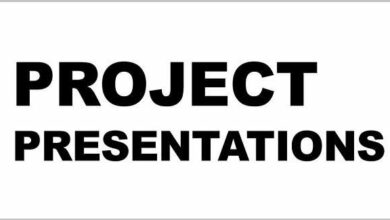
Introduction:
Managing payroll may be a difficult and time-consuming operation for any business, but ensuring that employees are paid accurately and on time is essential. However, payroll mistakes can happen, leading to financial and legal implications for the organization. Here we will discuss the top common payroll mistakes and provide valuable insights on avoiding them. Businesses can streamline their payroll processes and minimize errors by implementing the right HR system and payroll system and adopting best practices.
1. Inadequate HR and Payroll Systems:
One of the primary reasons for payroll mistakes is inadequate HR system and payroll systems. Relying on manual calculations, spreadsheets, or outdated software can increase the risk of errors. Investing in a robust and modern payroll system can significantly reduce mistakes and improve efficiency. An advanced payroll system automates calculations, tax deductions, and compliance requirements, ensuring accuracy and saving valuable time.
2. Misclassification of Employees:
Misclassifying employees is a common payroll mistake that can have legal consequences. It is important to accurately determine whether workers are employees or independent contractors based on the guidelines provided by the tax authorities. Misclassification can lead to tax withholdings, overtime payments, and benefits eligibility issues. Regularly reviewing employee classifications and seeking professional advice can help businesses avoid this costly mistake.
3. Incorrect Employee Information:
Maintaining accurate and up-to-date employee information is vital for error-free payroll processing. Mistakes can occur when employee data, such as names, addresses, Social Security numbers, or bank account details, is entered incorrectly. Businesses should implement strict data verification processes to prevent errors and ensure employees update their information whenever necessary. Regular audits of employee records can also help identify and correct any inaccuracies.
4. Inaccurate Timekeeping:
Accurate timekeeping is crucial for calculating employee wages correctly. Relying on manual time cards or outdated timekeeping systems can lead to errors and discrepancies in payroll calculations. A modern time and attendance system can streamline the process and eliminate mistakes. Automated timekeeping systems can track employee hours, calculate overtime accurately, and integrate seamlessly with payroll software, reducing errors and saving valuable administrative time.
5. Failure to Comply with Tax Regulations:
Tax regulations constantly change, and non-compliance can result in penalties and audits. Staying current on tax laws and rules is essential to prevent payroll errors. Working with tax professionals or payroll service providers with tax compliance expertise is recommended. Regularly reviewing payroll processes, including tax deductions, withholdings, and reporting, can help identify and rectify non-compliance issues before they become problematic.
6. Missing Deadlines:
Missing payroll deadlines can lead to disgruntled employees, legal issues, and damage to the company’s reputation. Businesses must establish clear payroll schedules and ensure that they have efficient processes in place to meet these deadlines consistently. Utilizing automated reminders, setting up payroll calendars, and delegating responsibilities can help businesses stay organized and avoid the negative consequences of missing payroll deadlines.
7. Lack of Reconciliation and Review:
Failing to reconcile and review payroll data can lead to unnoticed errors and discrepancies. Regularly reviewing payroll reports, reconciling bank statements, and conducting audits can help identify anomalies or mistakes. Establishing a comprehensive review process and assigning responsibility to competent personnel can minimize errors and ensure accurate payroll processing.
Conclusion:
Payroll mistakes can be costly for businesses, leading to financial losses, legal implications, and employee dissatisfaction. Organizations can avoid these common mistakes by investing in the right HR and payroll systems, implementing best practices, and staying updated with tax regulations. Automating payroll processes, accurately classifying employees, maintaining accurate data, and conducting regular reviews are essential steps toward error-free payroll management. By taking proactive measures and leveraging modern technology, businesses can streamline their payroll processes, save time, and mitigate the risks associated with payroll mistakes.

